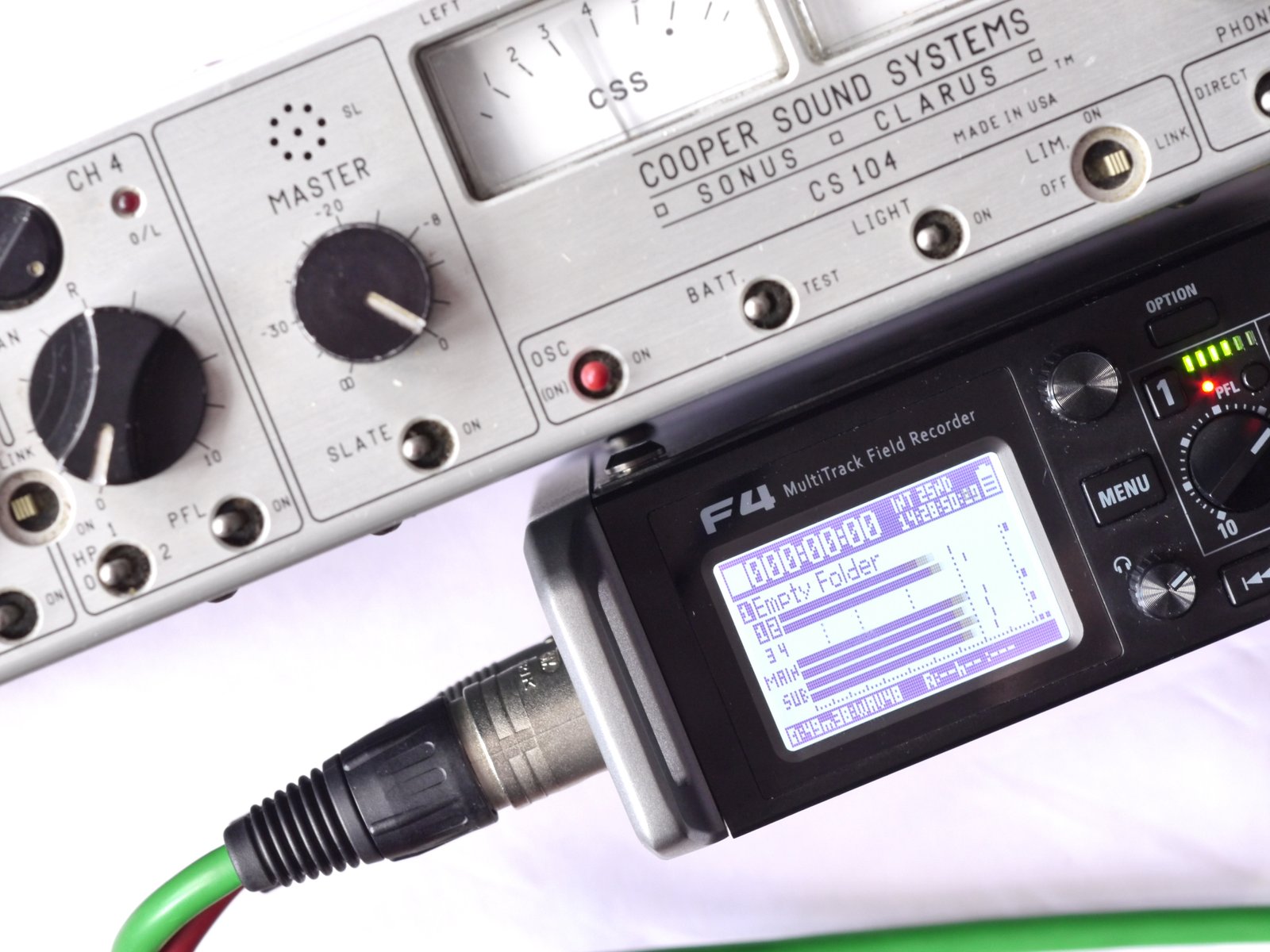Harder, Better, Faster, Stronger all great aspirations, ideal for opening Glastonbury or indeed a tag line for the latest incarnation of your killer software. Avoiding of course – fatter, flatter, slower, harder to use.
So have the Presonus boffins working on Version 3 of their Studio One Digital Audio Workstation delivered the Daft Punk upgrade or have they fallen foul of mere waistline expansion? Well the install fairly flies by, a slim fit 90 Mb download expands to 167 meg uncompressed. And the install flexibly allows you to add your instruments, loops and single shots later — they run to about 24 gig in the Pro version, over half of which is made up of new content. These bytes are the loop, sample and instrument muscle mass, not bloat of the basic executable.
So Verion 3, what’s in it for me? Well first bear in mind there are three versions – Prime, Artist and Professional. It’s worth checking which suits your need, I’ll be looking at Professional in this review. The headlines are the new arranger track and the scratch pad. The Arranger track enables you to divide your song into sections – intro, chorus, verse, bridge etc. And then manipulate those sections en bloc rather than having to select, copy and paste across multiple tracks of you magnum opus. With a single click you can swap verse and chorus. Or duplicate the chorus, adding colour to your arranger sections makes seeing the breakdown of your tunes very easy. And as the sections are freely nameable you could apply this trick to any audio not just music.
Studio Pro works using a single timeline or song window, essentially a single document interface but with the option to instantly switch between open songs in a drop down menu. With the new Scratch Pad feature you can work on multiple arrangements within a song to the limit of your available screen space. Select any or all arranger sections, right click and copy to a new scratch pad and you now have a completely new mix to play with. Here you can work with your arranger sections to create an alternative mix for a different market or try out any and all wacky ideas confident that your original stays unmessed about with. If you like to what you done drag the whole part back into the main window in one go. If you have enough screen space you can even add multiple scratch pads for ultimate flexibility.
A couple of other workflow improvements – folders are linked to the mixer – packing your tracks into a folder will hide them in the mixer – making unwieldy projects much easier to handle on the limited screen space of a laptop say. I think I first saw keyboard cursor modifiers on Soundscape and I’m a big fan. And Studio One now offers an alternative tool on the Command or Ctrl key depending on your OS. You can now draw your automation detail in completely freehand and in the new tabbed browser section fx plugins can be selected to display as thumbnail graphics – a great way to make your favourites stand out from the text list crowd. In fact the whole tabbed browser is hugely productive with content searchable by style and drag and drop access everywhere.
Studio One has always been a musician’s DAW and version 3 is firmly rooted in the music camp, with many of the new goodies likely to especially please those working in electronic music production.
Which brings us neatly to Mai Tai, a brand new big ass polyphonic virtual analogue synth featuring three oscillators (one sub) and a noise generator. It also packs mulitmode filters, three envelope generators, two LFOs a 16 way modulation matrix and access to its own effects and a new feature – scalable cpu performance, featuring an 80’s option — Prophet-5 wannabees form an orderly queue.
Also new to Version 3 is Presence XT a sampler that supports EXS, Giga and unrestricted Kontakt files. It also supports the new generic multi sample format that allows sharing with Bitwig.
While on the subject of instruments Version 3 offers multi instruments, the ability to combine, split and layer instruments in ways too numerous to enumerate. It’s just fantastically flexible. And this approach can be applied to effects too. Effects can be chained together in an effects map which allows frequency or channel based splitting. So if you fancy adding a Leslie like lilt to the top ocatave of your guitar track while independently pumping the bottom end with a big compressor, an effects chain with splitting is just the thing.
And you’ll get that Leslie sound from the the new Rotor effect just the thing for spinning your bits, but if you prefer them crushed then give the new Crusher effect a whirl.
All this and much more. If music composition is your bag Studio One should be in your bag. Now that everything is native producers and composers increasingly rely on a range of tools and I’m sure Version 3 is going to be a part of many, many tool kits. It’s a Stronger DAW.

